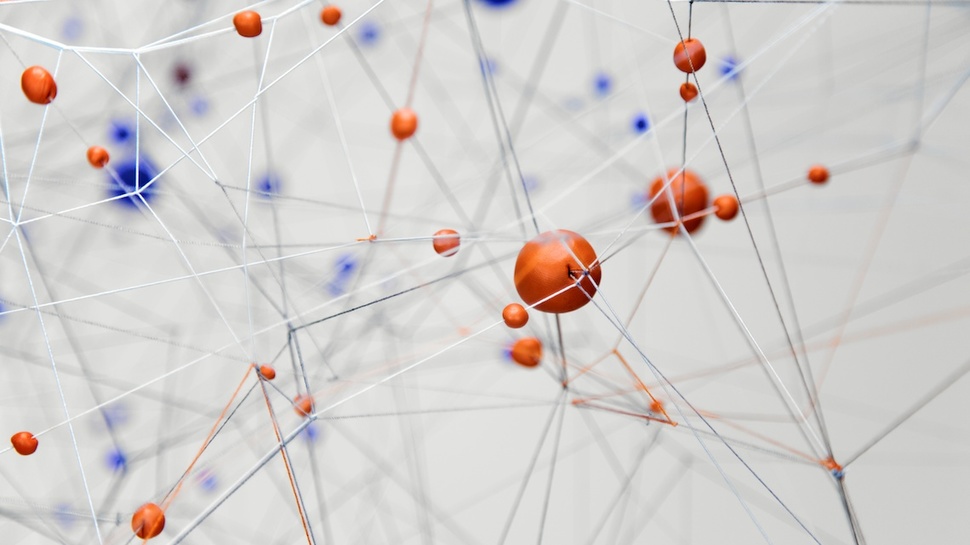For a successful protest, it's a good idea to have a clear communication plan for monitoring developments, coordinating actions and responding to emergencies. As you may have to deal with unexpected occurrences, it helps to be clear about who to contact in a given situation, when, and how.
You or a member of your affinity group should keep in regular communication with a contact outside the protest so that they can raise the alarm if something happens. Organise times to check in with them, share security indicators, and agree what you’ll do if something goes wrong. If necessary, do this through civil society organisations and human rights groups.
Make a list of people and organisations (including, for example, a lawyer) that you can contact in case of emergency. If you keep the list on your mobile, consider using codenames. Carry a written copy with you too, in case you lose your phone, decide not to bring it, or run out of battery or airtime credit. You might want to consider writing the most important numbers on your arms or legs in case your possesions are lost or confiscated.
Identify alternative means of communication: don't rely exclusively on personal devices to communicate - sometimes payphones may be the only option to stay in contact. In that case, make sure you have a prepaid card or coins for the machine.
Mobile phone calls, SMS messages and many common messenger applications are very easy to eavesdrop on, and it's increasingly common for such communication channels to be put under surveillance during a protest by authorities or other adversaries, so keep this in mind.
In some cases, just having your mobile device at the protest can identify you and be used against you. If you decide to use mobile phones for communication, consider using end-to-end encrypted messaging or call apps. Some options for this include Signal (for encrypted messaging and calls on Android and iPhone), or Silence (for encrypted SMS on Android devices).
Before and after the protest, you can use GPG for exchanging encrypted emails, Jitsi Meet for encrypted voice and video calls, and Jitsi (for computers) or ChatSecure (for mobiles) for encrypted chat.
However, be careful: sometimes using encrypted channels, especially for SMS messages, can draw unwanted attention. Sometimes, creating and using your own code language can be a very effective alternative. Make sure to practice using all secure tools and apps before the protest, so you know how to recognise if they fail and what alternatives might be.
